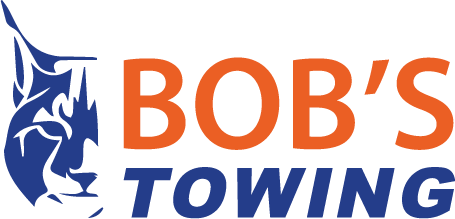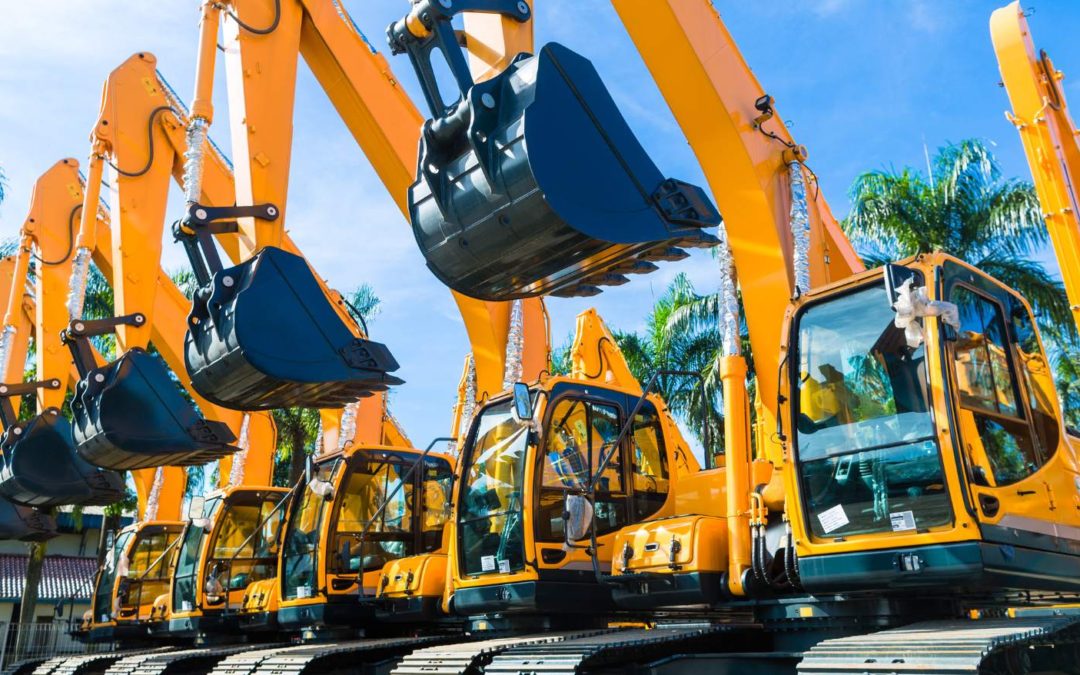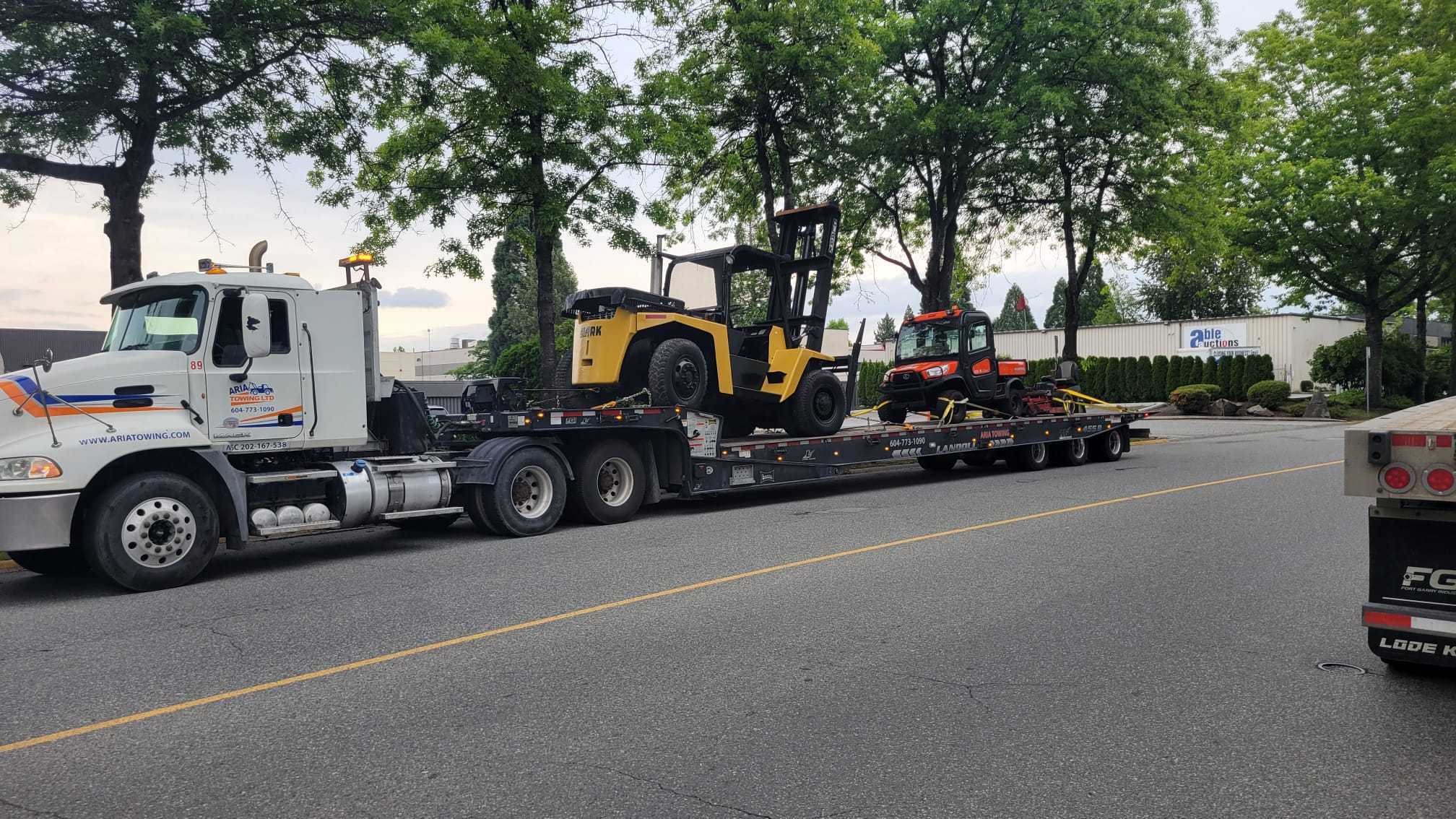Heavy equipment like Caterpillar machines are critical to industries such as construction, mining, and agriculture. These powerful machines can handle the most demanding tasks, from excavating vast tracts of land to moving enormous loads of material. However, despite their robust design and impressive capabilities, there are times when even a Caterpillar needs towing. Whether due to mechanical failure, a safety issue, or other unexpected problems, knowing how to handle such situations is essential for any operator or fleet manager. This article will explore what to do if your Caterpillar needs towing and why regular inspections of heavy vehicles are crucial.
Understanding the Importance of Regular Inspections
Heavy equipment like Caterpillar machines is built to endure tough conditions, but even the most reliable machinery can encounter problems. Regular inspections help identify potential issues before they become significant problems, reducing the likelihood that your Caterpillar needs towing. Inspections can prevent costly downtime, enhance safety, and extend the lifespan of the equipment.
The Role of Preventive Maintenance
Preventive maintenance is one of the most effective ways to avoid breakdowns that could lead to your Caterpillar needing towing. This maintenance approach involves regularly scheduled inspections and servicing, allowing you to detect and fix minor issues before they escalate into more serious problems. Proper maintenance can help ensure that your equipment is always in optimal working condition, minimizing the chances that your Caterpillar needs towing.
Common Issues Detected During Inspections
Several common issues can be identified during regular inspections, each of which could potentially lead to a situation where your Caterpillar needs towing. These issues include hydraulic system leaks, engine troubles, electrical system malfunctions, and wear and tear on tires or tracks. By addressing these problems early, you can reduce the risk of a breakdown on the job site.
What to Do When Your Caterpillar Needs Towing
Despite the best preventive measures, there are times when your Caterpillar needs towing. When this happens, it’s crucial to know the steps to take to ensure a safe and efficient towing process.
Assess the Situation
The first step when your Caterpillar needs towing is to assess the situation. Determine the cause of the breakdown and whether it’s safe to attempt towing the equipment. For example, if the machine has suffered a significant mechanical failure or has been involved in an accident, professional towing services may be required to prevent further damage.
Choose the Right Towing Equipment
Choosing the right towing equipment is critical when your Caterpillar needs towing. Not all towing vehicles and equipment are suitable for heavy machinery. You need to ensure that the towing vehicle has the capacity to handle the weight and size of the Caterpillar. Specialized tow trucks designed for heavy equipment are typically required, along with appropriate towing accessories such as chains, straps, and hooks rated for heavy loads.
Prepare the Caterpillar for Towing
Before towing, it’s important to prepare the Caterpillar to avoid causing additional damage. Securely fasten all loose parts, remove any attachments that could interfere with the towing process, and ensure that the machine is properly balanced on the towing vehicle. Failure to do so can result in equipment damage or accidents during the towing process.
Follow Safety Guidelines
Safety should always be a top priority when your Caterpillar needs towing. Ensure that all safety protocols are followed, including using the correct towing techniques, maintaining clear communication with the towing team, and adhering to road safety regulations. It’s also advisable to have a qualified operator on hand to supervise the process and handle any issues that may arise.
The Consequences of Ignoring Inspections
If regular inspections are neglected, the likelihood that your Caterpillar needs towing increases significantly. The consequences of ignoring inspections can be severe, ranging from costly repairs to prolonged downtime and even accidents that could result in injuries or fatalities.
Increased Downtime and Repair Costs
When inspections are overlooked, minor issues can quickly develop into major problems that require extensive repairs. This not only increases repair costs but also results in significant downtime, affecting project timelines and potentially leading to financial losses. Regular inspections can help mitigate these risks, ensuring that your equipment remains operational and reducing the chances that your Caterpillar needs towing.
Safety Risks
Neglecting inspections also poses significant safety risks. Equipment that is not properly maintained is more likely to experience sudden failures, which can lead to accidents on the job site. These accidents can result in injuries to workers, damage to property, and in extreme cases, fatalities. Ensuring that your equipment is regularly inspected and maintained can help prevent these risks and minimize the chances that your Caterpillar needs towing due to a catastrophic failure.
Legal and Compliance Issues
In many industries, regular inspections and maintenance of heavy equipment are not just recommended; they are required by law. Failing to comply with these regulations can result in legal penalties, fines, and increased scrutiny from regulatory bodies. Additionally, insurance claims may be denied if it is found that an accident or breakdown occurred due to a lack of proper maintenance. Regular inspections help you stay compliant with industry regulations and reduce the chances that your Caterpillar needs towing due to preventable issues.
How to Implement an Effective Inspection Program
To avoid scenarios where your Caterpillar needs towing, it’s essential to implement a comprehensive inspection program. This program should be tailored to the specific needs of your equipment and should include detailed checklists, regular training for operators, and a system for tracking and addressing identified issues.
Developing a Checklist for Inspections
A thorough inspection checklist is a critical tool in maintaining your Caterpillar equipment. This checklist should cover all major systems of the machine, including the engine, hydraulic systems, electrical components, tires or tracks, and attachments. Regularly using this checklist ensures that no aspect of the machine is overlooked, reducing the likelihood that your Caterpillar needs towing.
Training Operators and Maintenance Staff
Proper training is essential for those responsible for operating and maintaining your Caterpillar equipment. Operators should be trained to recognize early signs of potential issues and know how to conduct basic inspections. Maintenance staff should be equipped with the knowledge and tools necessary to perform detailed inspections and address any problems that are identified. This level of preparedness can significantly reduce the chances that your Caterpillar needs towing.
Using Technology to Monitor Equipment Health
Advancements in technology have made it easier than ever to monitor the health of heavy equipment. Telematics systems can provide real-time data on equipment performance, alerting you to potential issues before they lead to a breakdown. By incorporating these technologies into your inspection program, you can further reduce the likelihood that your Caterpillar needs towing.
Knowing what to do if your Caterpillar needs towing is crucial for anyone who operates or manages heavy equipment. While regular inspections and preventive maintenance are the best ways to avoid such situations, it’s also important to be prepared for the possibility that your Caterpillar may need to be towed. By following the steps outlined in this article—assessing the situation, choosing the right towing equipment, preparing the machine, and following safety guidelines—you can ensure a safe and efficient towing process. Moreover, by implementing a robust inspection program, you can significantly reduce the likelihood that your Caterpillar needs towing, ensuring that your equipment remains in peak condition and continues to perform reliably on the job site.
Reliable Towing Services in Burnaby
When your Caterpillar or any other heavy equipment requires towing, it’s crucial to have a trusted service provider on hand. Choosing a reliable Towing Company in Burnaby like Bobs Towing can make all the difference in ensuring that your equipment is handled safely and efficiently. With specialized tow trucks and experienced operators, a professional towing service can manage even the most challenging scenarios, helping to prevent further damage and ensuring your machinery is returned to operational status as quickly as possible.
Expert Heavy Equipment Towing in Burnaby
For those in need of specialized towing services, it’s essential to rely on a provider with the right expertise and equipment. Heavy Equipment Towing in Burnaby, offered by Bobs Towing, is a service specifically designed to handle large and complex machinery like Caterpillar excavators, bulldozers, and more. By utilizing industry-leading equipment and techniques, these experts ensure that your heavy machinery is towed safely, minimizing the risk of damage and downtime. Whether you’re facing a breakdown or need to relocate your equipment, choosing a specialist in heavy equipment towing ensures that the job is done right.






Recent Comments